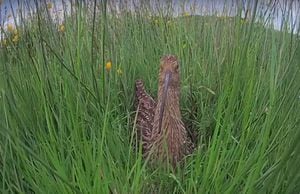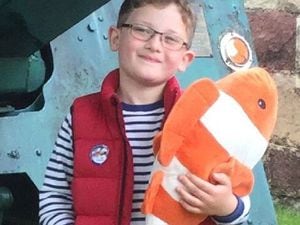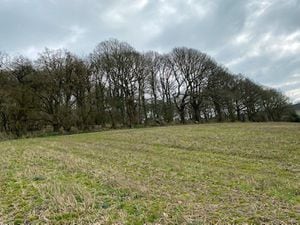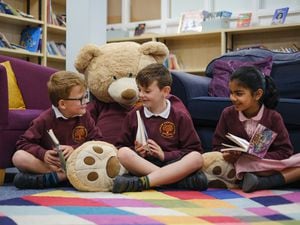Curlew chicks hatch in Shropshire hills
Chicks are hatching in the nest of a threatened bird in the Shropshire hills – and can be seen live on camera.

Shropshire's own "Curlew Cam" has viewers across Europe on tenterhooks as wildlife lovers log on to see how the little birds are doing.
The camera is one of a range of measures being used by the Stiperstones and Corndon Hill Country Landscape Partnership Scheme, which is trying to encourage the declining species to thrive once more in the south Shropshire hills with its Curlew Country project.
Amber Bicheno, speaking for project, said: "Following on from last year’s monitoring of curlew nests, where only three nests hatched young and none of these survived, the Curlew Country project has been working closely with farmers and land managers to intervene with their rapid decline.
"After such a depressing result and the future for the local curlew population hanging in the balance, the project decided to try and protect as many nests as possible in 2017.
"25 metre squares of electric fencing have been placed around nests to try and get more chicks to hatch, increasing the chances or having some fledging young. This has worked well for protecting the eggs from mammalian predators, and farmers and landowners have been very supportive, not wishing to lose these iconic birds from the landscape.
"In an attempt to raise public awareness to the plight of curlew, both locally and nationally, the project has had a live nest camera put on one of the nests.
"The Curlew Cam allows for unprecedented viewing of the otherwise very secretive birds, their nests no more than a shallow grass cup with speckled brown eggs designed to be well camouflaged.
"Both birds take turns incubating the nest, usually changing over every three hours so the other can go to feed. The female is slightly larger than the male with a longer bill, and if you are lucky enough to see a change over this difference is clearly visible.
"Interestingly, this pair nested in some nearby grassland earlier in the season but failed due to predation from either crows or badgers.
"Curlews will often try again if their first nest fails at egg stage, but not if they fail at the chick stage.
"Both adult birds are colour ringed, if you look closely when a bird stands you can see the ring, which is how we know it is the same pair at this new nest. The eggs can take three or four days to hatch but once they do they are quickly out and about searching for food in the surrounding fields."
She said the eggs had started hatching today, so viewers would only have a limited time to see the bird before they left the nest.
To view the camera and find out more about the project, visit www.curlewcountry.org/curlewcam





